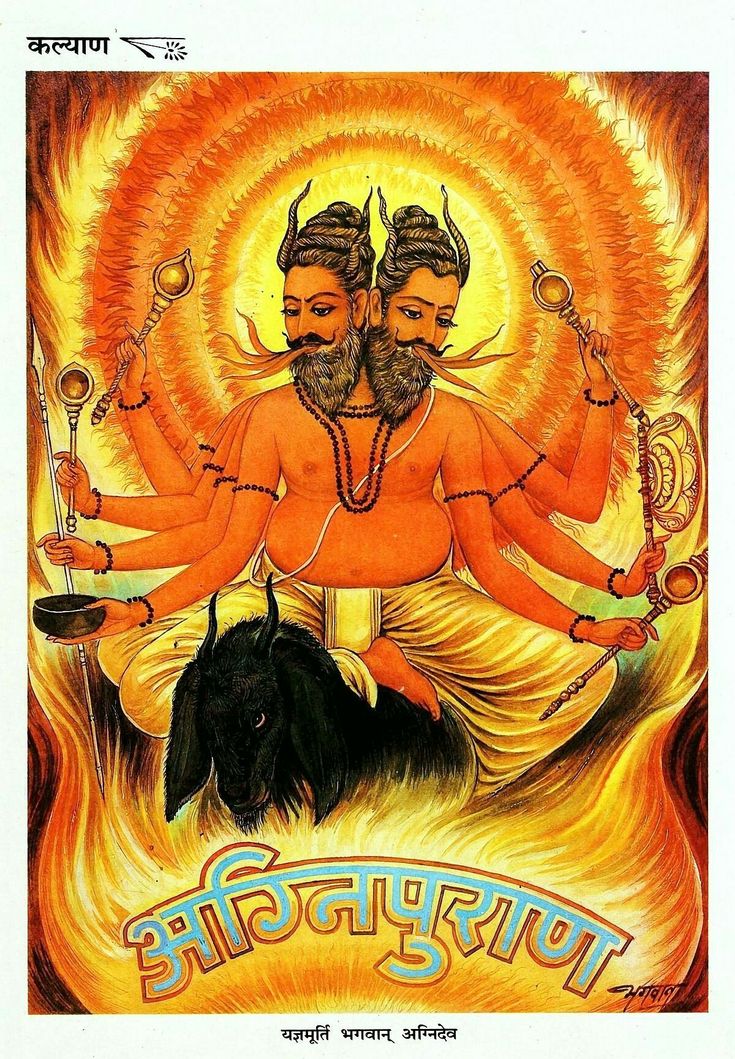The metaphorical rabbit hole of spirituality and the search for truth is a captivating journey that has intrigued seekers for centuries. This concept conjures the image of Alice in Wonderland, where stepping into the rabbit hole symbolizes venturing into the unknown, a realm where conventional norms are upended, and reality stretches beyond the ordinary. In spirituality, this rabbit hole represents the quest for deeper understanding and the transcendence of ordinary perceptions to uncover profound truths about existence, self, and the universe.
Embarking on this journey often begins with a subtle unease or a profound question about life’s purpose. Individuals may start to question the materialist or superficial narratives that dominate society. This curiosity propels them to explore various spiritual paths, philosophies, and disciplines. Whether delving into ancient texts, meditation, mindfulness, or engaging with spiritual teachers, each step down the rabbit hole involves peeling back layers of illusion to reveal deeper truths.
As seekers plunge further, they often encounter paradoxes and mysteries inherent in spiritual teachings. Concepts such as the eternal nature of the soul, the interconnectedness of all life, and the illusion of time challenge the rational mind. This process can be disorienting, as it demands a re-evaluation of previously held beliefs and assumptions. The rabbit hole, in this sense, symbolizes the dissolution of the ego and a confrontation with the vast, often unfathomable nature of reality.
This journey also highlights the diversity of spiritual experiences. No two explorations down the rabbit hole are alike, as each individual brings their own perspective and background to the quest. For some, the path may be one of solace and inner peace, finding comfort in the practice of meditation and connection with nature. For others, it might include ecstatic experiences or a profound sense of unity with the cosmos. Regardless of the path, the underlying theme is the transformation that occurs as individuals embrace the complexity and wonder of their spiritual discoveries.
Ultimately, the metaphorical rabbit hole is not a destination but an ongoing journey. It invites constant inquiry and reflection, an acceptance of the unknown, and an openness to continual transformation. By embracing this path, seekers cultivate wisdom, compassion, and a deeper connection to themselves and the world around them. Thus, the rabbit hole of spirituality and the search for truth becomes a timeless exploration of the mysteries that define the human experience.
